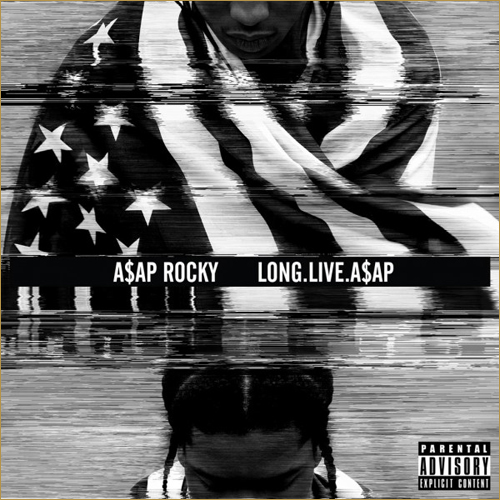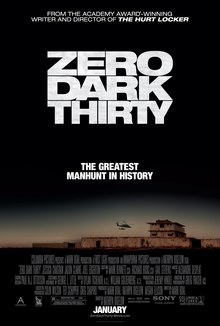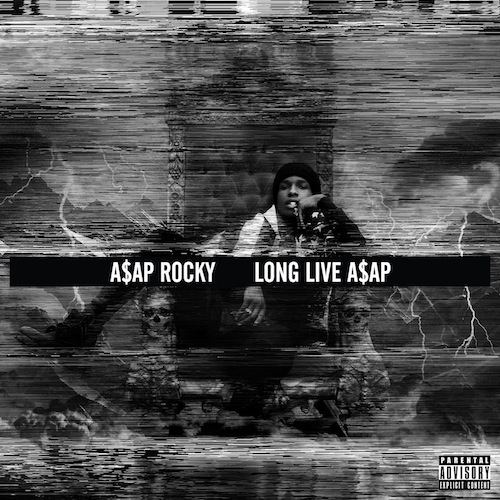 A$AP Rocky
A$AP Rocky
Long.Live.A$AP | RCA/Sony
4 / 5
TO CALL THE last two years a whirlwind for New York-based rapper A$AP Rocky would be something of an understatement. After putting out a handful of songs online in 2011, he released his excellent debut mixtape LiveLoveA$AP to critical acclaim and received an alleged $3-million record deal with Sony’s RCA Records. After numerous delays, his long-awaited debut album is finally upon us—but was Rocky worth the price tag RCA may or may not have paid?
Rocky joins a new generation of rappers, such as Schoolboy Q and Kendrick Lamar (both artists that feature in this album), who have been attracting listeners who wouldn’t ordinarily listen to hip-hop, and Long.Live.A$AP proves he is still at the top of his game. The album features an absurd number of guest appearances. Some are not surprising, like when the aforementioned Lamar spots along with Drake and 2 Chainz on the catchy, expletive-filled single “Fuckin’ Problems.” Others are much more unexpected, such as Skrillex’s appearance on the bangin’ “Wild for the Night” and Florence Welch’s inclusion in the wonderfully melodic bonus track “I Come Apart.”
It’s a challenge to describe the album quickly due to the variety of producers and guest performers, but the songs generally impress, even if they don’t really build on the styles Rocky established on his mixtape. Only some tracks, such as “Pain” and the Danger Mouse-produced “Phoenix,” fall somewhat flat.
Overall, Long.Live.A$AP is sure to satisfy fans, and will have something to offer new listeners thanks to its diversity.
—Max Szyc
 Two Hours Traffic
Two Hours Traffic
Foolish Blood | Bumstead
2 / 5
FOOLISH BLOOD IS the fourth full-length album from P.E.I.-based band Two Hours Traffic. On its surface, the album is a serviceable indie rock record. There’s nothing particularly new about it and there are no standout moments, but the instrumentation is good. You can tell that Two Hours Traffic is used to making music.
The issues I have with the album lie in its lyrical content. The album consists almost entirely of love songs—not the “I’m so happy I’m in love” kind of love songs, but songs about unrequited love, rejection, and the quest to find love. At first, I found it relatable; there’s something empathetic about these songs. For the first few songs, I thought, “Yes, I’ve experienced this. You’re so right, lead singer.” But by the end of the album, I was thinking, “This guy’s kind of a bitch and I’m sick of his shit.”
The songs aren’t bad individually, but it’s hard to take any of them seriously after hearing all of them together. The emotional content seems played out by the end of the album and it makes the songs seem less sincere. Inevitably, whichever song you listen to first on this album will be your favourite, since it will be the one you aren’t sick of yet.
—Brennan Bova
 Indicator Indicator
Indicator Indicator
Indicator Indicator | Julius
2 / 5
WINNIPEG IS A city that has been dying to get back into the cultural zeitgeist. In the past decade, the city has produced critically acclaimed underground acts such as The Weakerthans and KEN mode, but it remains to be seen if anything will catch on like the Crash Test Dummies (albeit briefly) and The Guess Who did decades ago.
Indicator Indicator, the solo moniker of musician Sandy Taronno, is the city’s latest indie rock offering that hopes to give the modern music industry a whirl. While his brand of electronic-laden indie rock means well, the often-impressive instrumentation doesn’t always result in the most memorable music.
The self-titled debut EP is a grandiose pop effort in every sense of the term. The six songs here are big—overflowing with piano lines, roaring guitar solos, subtle synthesizers, and a mix of live and programmed drums. The music is often adventurous and shows that Taronno is a talented composer, particularly on tracks like “January First.” Unfortunately, most of the songs, particularly the chorus on the aforementioned track, are ruined by Taronno’s over-the-top, pompous vocal delivery, as well as an overall air of indie cheesiness. Songs like the closer “Back Into the Fire” start promisingly, but are held back by vocals that are just too distracting to sit through.
Sandy Taronno clearly has a lot of talent, but that talent does not lie in his vocals. One cannot help but wonder if he should either get a new singer or stick to instrumental music.
—Max Szyc
 Zero Dark Thirty
Zero Dark Thirty
4 / 5
THE TRAGEDY OF September 11, 2001 and the killing of the terrorist behind the attacks are still fresh in our memories. Zero Dark Thirty explores the 10 years between these two events. Drowning in controversy, the film investigates several critical issues including alleged torture techniques, failures in intelligence leading to the death of U.S. officials, and the manhunt for Osama bin Laden. With her terrific ability to create suspense, it’s very obvious Kathryn Bigelow (The Hurt Locker) was an excellent choice for director.
A real-life story based on current global politics is bound to get some award attention. Jessica Chastain won a Golden Globe for her lead role in the film as an underdog, against-all-odds investigator in a male-dominated world. If you consider her competition, she deserved the win, but her performance was good at best and was just secondary to the film’s gripping tale of intrigue and scandal.
The movie goes from being average to a pretty good film in the third act, which covers the identification of Osama bin Laden’s location, the permission from Washington to attack, and the assault on the compound. When a story’s outcome is known to all viewers, it can be hard to keep viewers interested. Zero Dark Thirty does an excellent job of immersing the audience in the military assault on the terrorist compound—the payoff after watching nearly two hours of occasional excitement prior to it.
—Scott Keirstead


